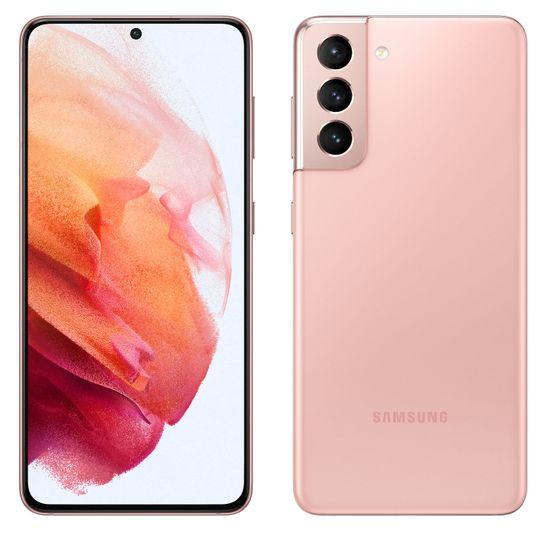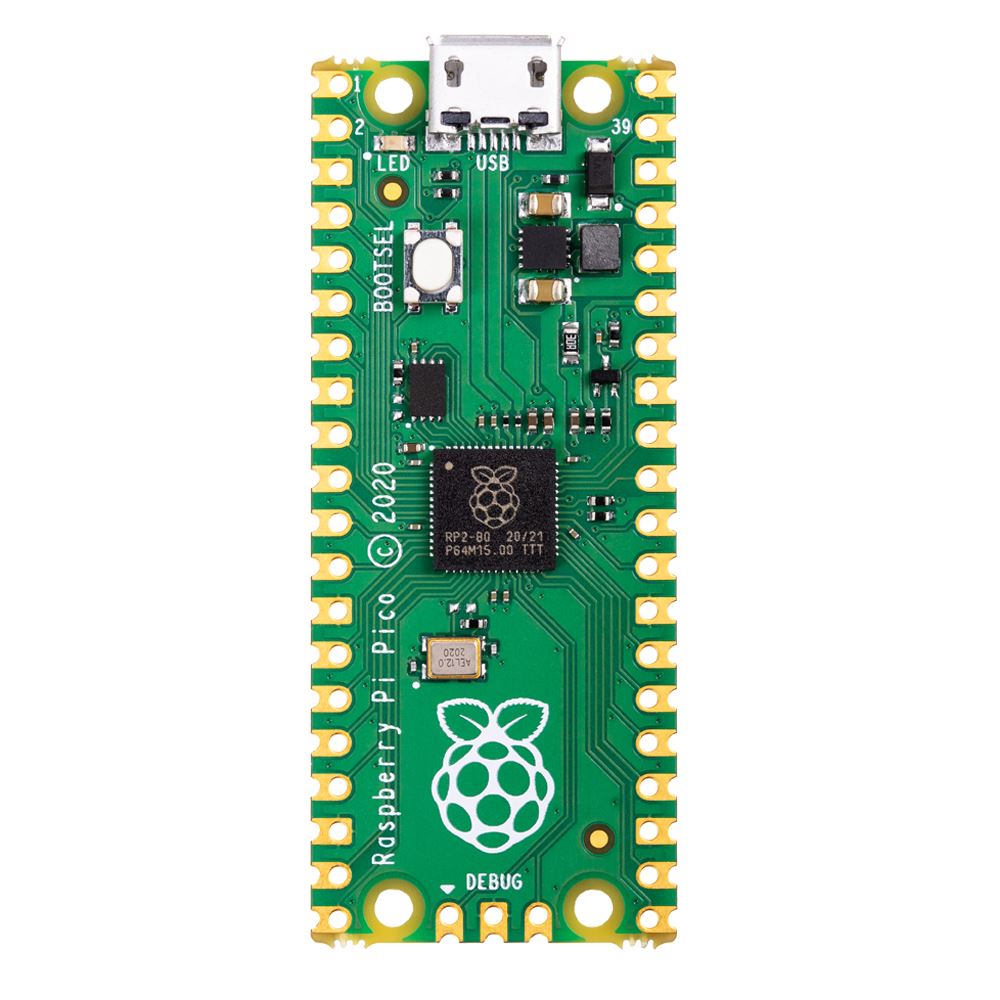It’s difficult to even imagine a life without Google Search, so much so that even the word “google” as a verb has become synonymous with searching for information on the internet. But for the people in Australia, they might have to consider such a future, as an upcoming law that requires Google to pay for using news content could push the company to withdraw Google Search from the country.
Australia’s Competition and Consumer Commission drafted the upcoming News Media and Digital Platforms Mandatory Bargaining Code law (“Code”). According to the draft, Google and Facebook would be required to pay news publishers for the news content that they surface in their search results on their respective platforms. This draft came to into existence after an inquiry in 2019 found that these tech giants were enjoying a disproportionately large share of online ad revenue even as their content came from media organizations.
Google and Facebook are definitely not happy. Google Australia’s Managing Director, Ms. Mel Silva, appeared a public hearing of the Senate Economics Legislation Committee which is reviewing the proposed law, and presented the following statement as part of their entire comment:
“The principle of unrestricted linking between websites is fundamental to Search. Coupled with the unmanageable financial and operational risk if this version of the Code were to become law it would give us no real choice but to stop making Google Search available in Australia. That would be a bad outcome not just for us, but for the Australian people, media diversity and small businesses who use Google Search.”
Google followed up with an accompanying blog post. For one, it still supports a “fair” Code, while maintaining that the “current version of this law remains unworkable for Google“. It is also taking objection towards Google Search being clubbed into the broad definition of news, which would force Google to pay to show links in a way that, it claims, would fundamentally break how search engines work. Google alleges that the Code also has an unfair arbitration process and that the 14-day algorithm notification required (under Section 52S, 52T, and 52U) will give news publishers special treatment.
Google’s primary contention still remains that paying for links and snippets undermines the basic principle of the internet — which is the ability to freely link between websites. No one pays to include a hyperlink in an email, and so websites and search engines do not pay to provide links to other websites. Keep in mind that the argument is being extended beyond just links and onto “snippets” as well, which one can arguably consider one of the highlights of the entire news story.
Google’s proposed solution to the situation is through the Google News Showcase, which is a licensing program through which news businesses publish and promote their stories online. Publishers would get paid for journalist’s editorial expertise and beyond-the-paywall access to their journalism. But Google News Showcase only figures in Google News within its ambit and excludes links and snippets that show up in Google Search.
The Associated Press quoted Australian Prime Minister, Scott Morrison’s reaction:
“We don’t respond to threats. Australia makes our rules for things you can do in Australia. That’s done in our Parliament. It’s done by our government. And that’s how things work here in Australia.”
Facebook also has had opinions on the upcoming law, but none are recent. We’ll be following the story closely to see how it develops, as the possible outcomes of this law can definitely shape the future of the internet. For better or for worse? Too early to tell for now.
The post Google threatens to pull out Search from Australia over upcoming law appeared first on xda-developers.
from xda-developers https://ift.tt/3o83fEz
via IFTTT












